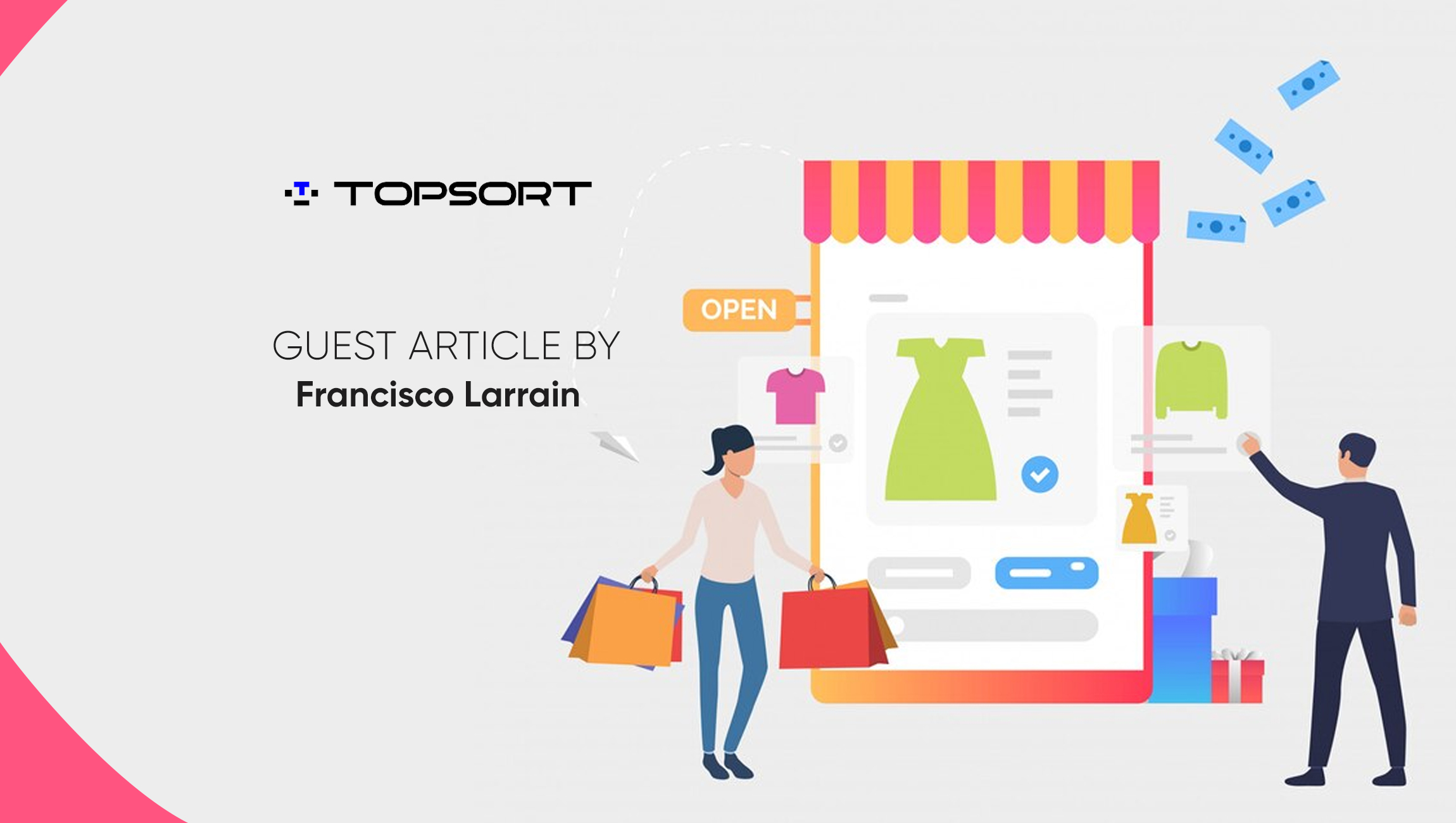Latin America is rapidly emerging as a powerhouse in the retail media landscape. According to eMarketer, the region’s retail media market, set to reach $2 billion in spending in 2024, boasts some of the highest returns on ad spending (ROAS) globally. This intense amount of growth sits squarely in the region’s retailers’ willingness to experiment with retail media technology, tapping into the digitally-savvy spenders and opening up an entirely new revenue stream for both themselves and their advertisers.
In a separate report from eMarketer in 2023, Latin American retailers dominated the list of fast-growing companies ranked by digital advertising growth. Eleven of the fifteen fastest growing companies happened to be retailers, with 8 of those eleven being homegrown Latin American brands. What’s even more compelling is the profitability: six of those Latin American retailers were posting gains of over 50%. It’s safe to say with figures like these that the retail media boom is only just beginning in the region.
To gain a better understanding of why retail media is seeing such a surge, here are three primary takeaways highlighting why top retailers such as Mercado Libre, Falabella, Walmart Mexico, Cencosud and Sodimac are becoming some of the fastest-growing digital advertising players in the region.
Demographic Advantage Fuels Growth
One of the most compelling reasons behind the retail media surge in Latin America is the region’s unique demographic landscape. With a young, tech-savvy population, Latin America is home to consumers who are highly engaged in digital activities. The median age in the region is 31, meaning that many are digital natives who are comfortable with online shopping and digital interactions. This creates a fertile ground for digital advertising, particularly retail media.
Retailers in Latin America are leveraging this demographic advantage by creating highly targeted advertising campaigns. By using data and insights from online shopping behaviors, they can deliver personalized ads that resonate with the younger audience, driving higher engagement and conversion rates. This targeted approach is a significant factor contributing to the high ROAS observed in the region’s retail media market.
Digital Transformation and E-commerce Expansion
The rapid digital transformation in Latin America has been a catalyst for the growth of retail media. Over the past decade, the region has seen a substantial increase in internet penetration and smartphone usage. According to the World Bank, internet penetration in Latin America reached 76% in 2021, up from 63% in 2012. This digital adoption has paved the way for the explosive growth of e-commerce.
Retailers like Mercado Libre, Falabella, and Walmart Mexico have been at the forefront of this digital revolution. These companies have invested heavily in their e-commerce platforms, creating seamless and user-friendly online shopping experiences. The integration of retail media into these platforms has been a natural progression, allowing retailers to monetize their digital real estate effectively.
Advertisers are increasingly drawn to these platforms due to their large and engaged user bases. The ability to reach consumers directly at the point of purchase, combined with robust data analytics, enables advertisers to optimize their ad spend and achieve higher returns. As e-commerce continues to grow in the region, the importance and influence of retail media are expected to expand further.
Marketing Technology News: MarTech Interview With Catalina Salazar, Global Head @ Wolt Ads
Innovation and Adaptation Drive Success
Innovation and adaptability are key drivers behind the success of retail media in Latin America. Retailers in the region have demonstrated a remarkable ability to innovate and adapt their strategies to meet the evolving needs of consumers and advertisers. This agility has been instrumental in creating effective retail media solutions that deliver value to all stakeholders.
One notable example is Mercado Libre, which has developed a sophisticated advertising ecosystem that includes sponsored product listings, display ads, and video ads. By leveraging advanced targeting capabilities and real-time bidding, Mercado Libre provides advertisers with a comprehensive suite of tools to reach their desired audience effectively.
According to eMarketer, this smart approach to retail media has allowed Mercado Libre to dominate the region’s retail media market. This year, the research expects “Mercado Libre’s digital advertising business to grow by 44.5%”, making the company represent “more than half of all retail media ad spending in Latin America”. This is especially impressive, as the company’s retail media engine is beating out major player Amazon, due to its local relevance, brand recognition and quality of service.
The success of up-and-coming retailers like MercadoLibre highlights the importance of a holistic approach to retail media and how it can position a retailer to go up against the most successful retail media platforms in the world. By integrating advertising seamlessly into the shopping journey, retailers can create a more engaging and relevant experience for consumers. This, in turn, drives higher engagement and conversion rates, benefiting both retailers and advertisers.
The Importance of Accessibility and Low Barriers to Entry
The accessibility and low barriers to entry for retail media networks (RMNs), the type of advertising platforms that allow retailers to sell ad space on their digital channels to third-party brands, in Latin America are crucial factors in the region’s retail media revolution and continued success. RMNs offer a powerful way for companies to connect with consumers directly at the point of purchase, boosting visibility and sales by integrating ads within retail platforms and targeting based on shopping behaviors.
In a data-driven advertising world, channels that link ad spend to sales are highly valued. RMNs excel here, offering detailed analytics that show ad impact on purchases. This means an efficient, cost-effective way to compete and optimize marketing strategies using the reach and data of retail giants. Given consumer privacy concerns and the deprecation of cookies, RMNs provide a highly measurable and effective means of advertising.
Unfortunately, these solutions have been hard to access for those that need them most—small and midsize businesses faced with doing more with less in an increasingly competitive market. For both retailers and suppliers to win, RMNs should:
1. Meet the needs of tail and torso suppliers:
Provide scalable, user-friendly solutions that enable smaller and midsized suppliers to participate without needing extensive resources or expertise.
2. Minimize complexity and barriers to adoption:
Ensure solutions are simple to implement, have minimal technical barriers, and offer robust support and training to integrate RMN solutions seamlessly. For smaller, strapped startups with limited technical teams, low-code integrations are especially important and allow retailers to tap into the power of RMNs in a fraction of the time of traditional integrations.
These steps would open new opportunities for small and midmarket companies to compete effectively and maximize marketing investments.
The Future of Retail Media in Latin America
The future of retail media in Latin America is promising, driven by key trends. E-commerce growth will boost demand for targeted advertising, fueling investment in retail media. Advancements in AI and machine learning will enable more personalized and efficient ads by analyzing consumer data for precise targeting and optimization.
Low-barrier entry points will allow small and mid-sized businesses to monetize their platforms, democratizing access to advanced retail media solutions. Above all, collaboration among retailers, advertisers, and tech providers will be crucial: working together to address unique regional challenges and opportunities will drive the success of retail media, benefiting consumers, advertisers, and retailers alike.
Marketing Technology News: The Rise of the Vertical B2B Marketer: Owning Your Industry Niche in a Globalised Marketplace
The SalesStar Podcast
Episode 210: The Latest in AI Across SalesTech and MarTech with Dominik Facher, Chief Product Officer, ZoomInfo











